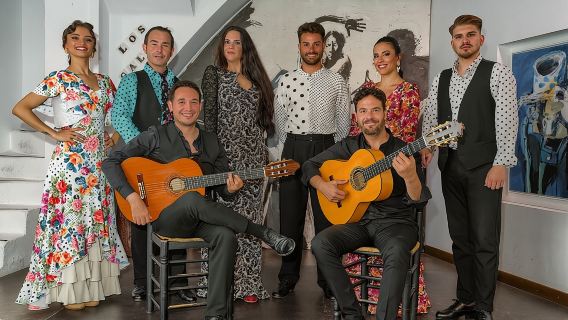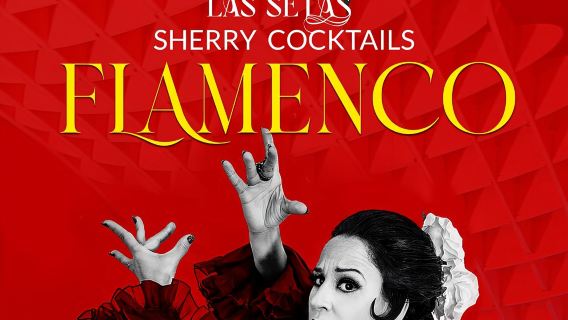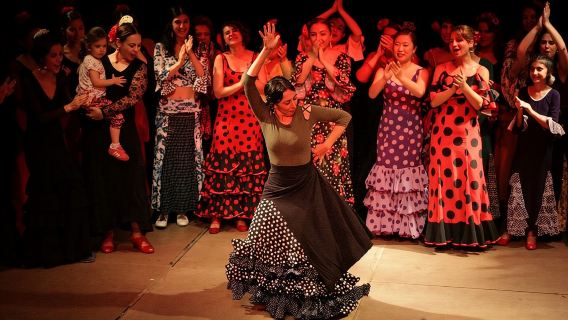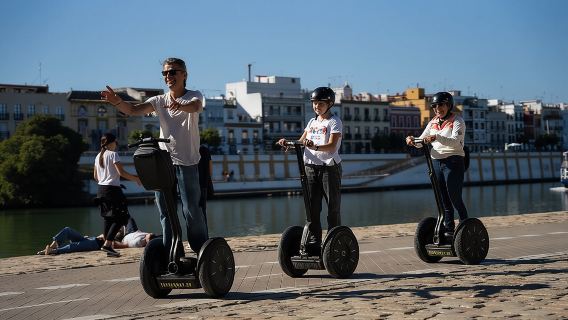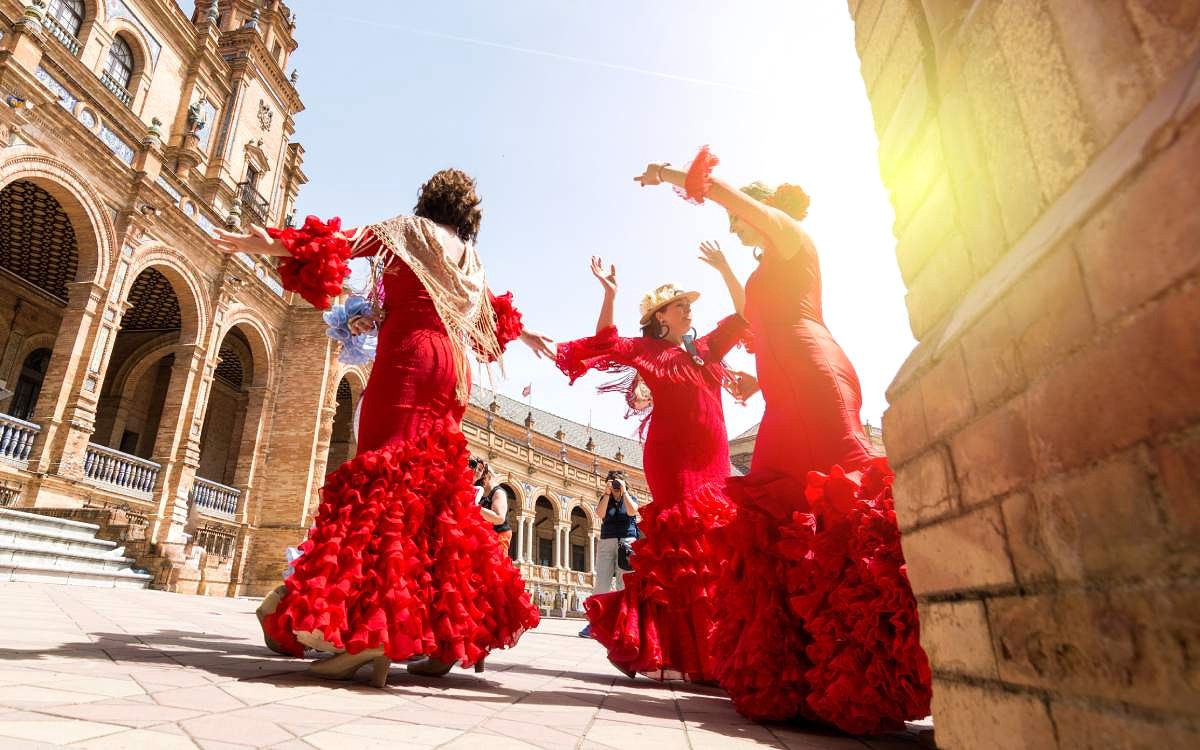
Image by L'Espagne Fascinante
Flamenco is more than just a dance; it is the heartbeat of Spain, a raw and passionate art form that tells stories of love, loss, and resilience. Born in the sun-scorched region of Andalusia, flamenco weaves together the voices of those who have lived on the margins—the Roma people, Moors, Jews, and Andalusian peasants. Its fiery footwork, haunting songs, and intricate guitar melodies have come to symbolise Spanish culture worldwide, drawing travellers to dimly lit tablaos and grand festivals to witness its power. To understand flamenco is to feel the soul of Spain, where every stamp, clap, and cry carries centuries of history.
Flamenco's Origins and History
The roots of flamenco stretch deep into Andalusia’s past, shaped by a mix of cultures that found refuge in southern Spain. In the 15th century, after the Christian Reconquista, Muslims, Jews, and Roma people faced persecution, retreating to rural areas where their traditions blended. The Roma, or Gitanos, became central to flamenco’s development, merging their nomadic music with Andalusian folk rhythms, Moorish scales, and Jewish lamentations. By the 18th century, flamenco began to emerge in the taverns and private gatherings of Seville, Cádiz, and Jerez, often performed in intimate settings among communities.
Initially, flamenco was purely vocal—a cante, or song, expressing hardship and longing. The guitar and dance joined later, transforming it into the trio of song, music, and movement we know today. The 19th century saw flamenco move from hidden courtyards to public stages, particularly in cafés cantantes, where performers enchanted audiences with their emotional intensity. Despite facing criticism from Spain’s upper classes, who saw it as crude, flamenco survived, evolving into a respected art form by the 20th century. Today, it is celebrated as a UNESCO Intangible Cultural Heritage, a testament to its enduring resonance.
Why Flamenco is Iconic in Spain
Flamenco is a symbol of Spanish identity, embodying the country’s spirit of passion and perseverance. Its iconic status comes from its ability to capture universal emotions—joy, sorrow, defiance—through a distinctly Spanish lens. The dance’s dramatic costumes, with swirling ruffled dresses and sharp-suited men, are instantly recognisable, while the soulful wail of the cante jondo, or "deep song," evokes the raw edges of human experience.
Flamenco also reflects Spain’s complex history of cultural exchange. The Moorish influence is heard in the melismatic singing, where notes stretch and bend like calls to prayer. The Roma contribution shines in the improvisation and rhythmic footwork, while the guitar’s intricate falsetas echo classical Spanish music. This blend makes flamenco a living mosaic of Spain’s past, a art form that refuses to be pinned down yet feels unmistakably Spanish.
What Flamenco Tries to Express
At its core, flamenco is about emotional truth. It channels feelings too deep for words—grief over lost love, rage against injustice, the ache of loneliness. The cante, often sung in a raw, cracked voice, lays bare these emotions. Lyrics might speak of betrayal, death, or the struggles of the working class, delivered with a intensity that grips the listener.
The dance, or baile, translates these emotions into movement. Dancers use their entire bodies—arched backs, flicking wrists, thunderous footwork—to tell stories. A single flick of a skirt can convey flirtation; a sudden stomp might signal defiance. The guitar provides both rhythm and melody, its strings weeping or soaring in response to the dancer’s steps. Handclaps, called palmas, and shouts of encouragement from the audience, known as jaleos, add layers of rhythm and spontaneity.
Central to flamenco is the idea of duende, a term that defies translation but refers to the moment when a performer channels something almost supernatural—a deep, spiritual connection that electrifies the room. It’s the chill down your spine when a singer’s voice breaks, or when a dancer’s final pose leaves the crowd breathless.
Where and When to Experience Flamenco
To witness authentic flamenco, head to its birthplace, Andalusia. The neighbourhoods of Seville’s Triana, Granada’s Sacromonte caves, and Jerez de la Frontera’s Roma quarters are steeped in flamenco history. Here, performances happen in tablaos—intimate venues where the audience sits close enough to feel the heat of the dance.
In Seville, Casa de la Memoria (Calle Cuna, 6) offers nightly shows in a historic courtyard, while El Palacio Andaluz (C. Matemáticos Rey Pastor y Castro, 4, 41092 Sevilla) stages grander productions. Granada’s Cueva de la Rocío (Camino del Sacromonte, 70) hosts performances in candlelit caves, creating an atmosphere that feels untouched by time. For a modern twist, Tablao Flamenco Cordobes (La Rambla, 35) in Barcelona combines traditional dance with contemporary flair.
Timing your visit to a flamenco festival adds extra magic. The Bienal de Flamenco in Seville, held every two years in September, attracts top artists for weeks of performances. Festival de Jerez in February showcases the dance’s technical brilliance, while Granada’s International Festival of Music and Dance in June features flamenco under the stars at the Alhambra.
Evenings are the best time to experience flamenco, as the art form thrives in the night’s intimacy. Many tablaos offer dinner with the show, though purists argue the focus should stay on the performance. Street performers also pop up in plazas, especially during summer festivals, offering impromptu displays of skill.
Some of Spain’s most iconic venues to experience authentic Flamenco (price as of 2025)
| Theatre/Tablao Name | Location | Address | Price Range (EUR) | Notes |
Madrid | Calle de la Morería, 17 | €49.99 | Historic venue with dinner/show options. Michelin-starred tapas available. | |
Seville | Calle Cuna, 6 | €22 | Intimate courtyard shows, no dinner. Focus on pure Flamenco artistry. | |
Seville | C. Matemáticos Rey Pastor y Castro, 4 | €34 – €88 | Grand stage productions, includes a drink., tapas dinner. Combines dance and live music. | |
Seville | Calle Rodo, 7 | €43 | Traditional shows with optional dinner. Central location near the river. | |
Granada | Camino del Sacromonte, 70 | €18–€60 | Performances in Sacromonte caves. Rustic and atmospheric, with option to include drinks and dinner. | |
Granada | Calle Placeta de Toqueros, 7 | €15–€20 | Authentic cultural club with local artists. Limited seating. | |
Barcelona | La Rambla, 35 | €48 – €82 | Historic venue on La Rambla. Includes a drink or dinner options. | |
Barcelona | Plaça Reial, 17 | €25 | Short 40-minute shows. Ideal for a quick Flamenco introduction. |



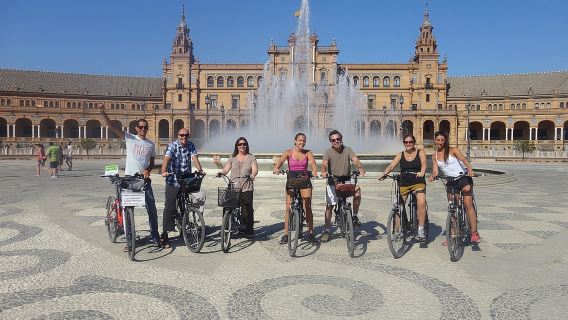
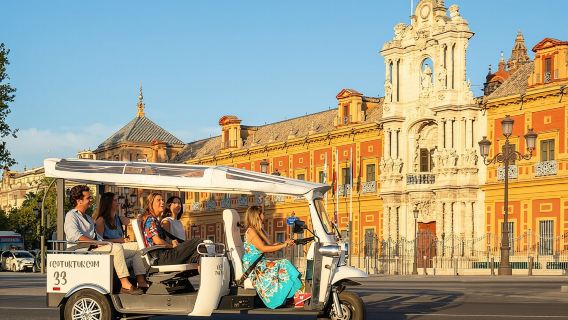
 1 booked
1 booked

